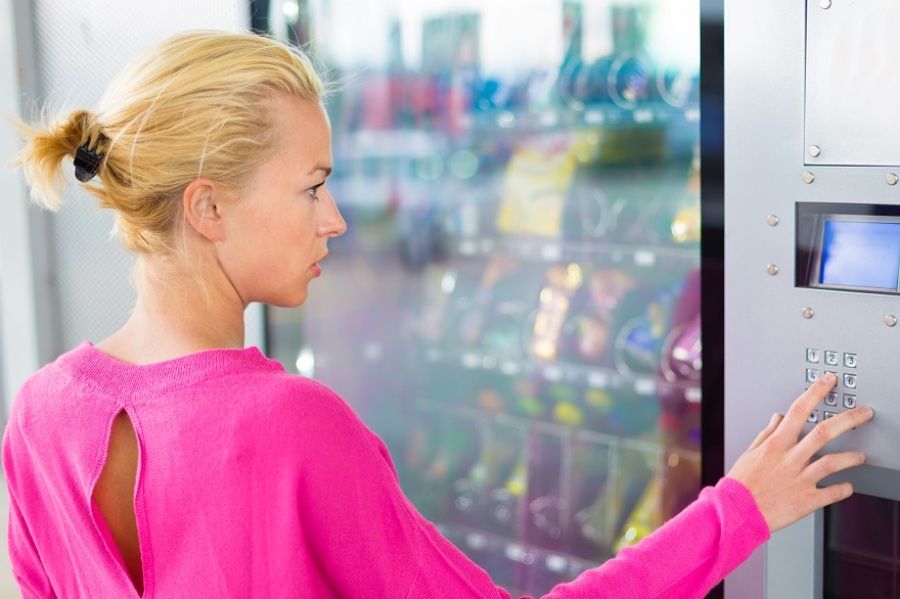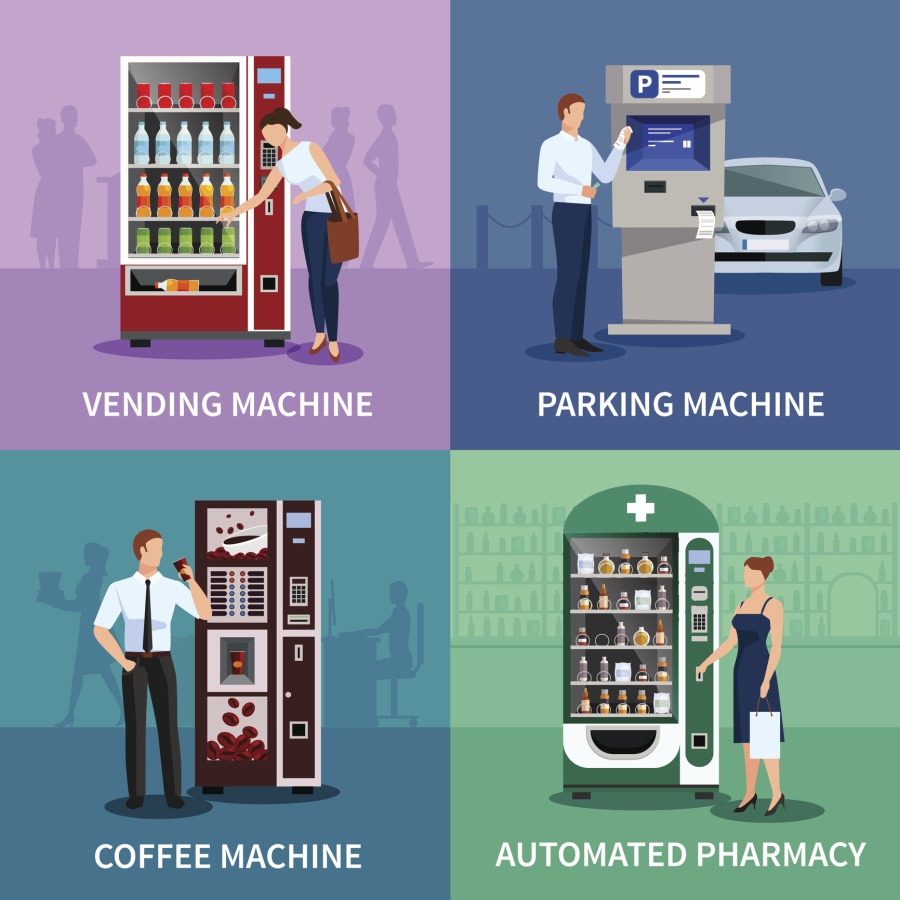🕒 Estimated Reading Time: ~4 minutes

Vending machines can serve a multitude of purposes for consumers that range from the more traditional providing of food items to exchanging coins for paper money (or vice versa) aka ATMs.
Operating a vending machine, or a network of vending machines, has become one of the most popular business ventures lately because of its accessibility to entry-level entrepreneurs and the consumer demand for the ability to get goods quickly and conveniently in an on-the-go society.
Because the pathway to starting a vending machine business is so accessible and attractive—who wouldn’t want to be able to make money without even being present?—the sum of costs involved in operating the machine(s) is sometimes overlooked.
The vending machine business can be very profitable, but it is just like any other industry: You have to put in the work for it to be successful. The exact cost of doing business in the vending machine industry will be largely dependent on which kind of machine(s) you choose and how many machines you decide to operate.
These are four general cost areas associated with operating vending machines.

Initial Investment
The initial investment required within this industry can fall anywhere from the low thousands to the hundreds of thousands of dollars. While the initial investment range can be substantial within this industry, the startup costs are still noticeably lower than in other industries.
Your personal investment will depend on what kind of machine you want to operate in conjunction with how many machines you start with. In general, the initial investment when running a vending business includes the cost of the machine(s) and the initial stock to fill your machines.
Machines can be bought new or refurbished. Traditionally, gumball and candy machines are the least expensive with machines priced in the hundreds of dollars. On the other end of the spectrum, snack, soda and combo machines can cost quite a bit more with certain models costing several thousand dollars each. Some companies offer inclusive packages that vary in price by level.
Servicing & Maintenance
The amount of service a machine will need is dependent on several factors, including where the machine is located and how much traffic it gets.
Some vending machines require minimal effort to run, and can be restocked quickly with bulk merchandise, like candy and chips, less often. These machines usually sell lower cost items. Other machines that sell higher priced merchandise, like coffee and perishable food items, will require more frequent restocking and care.
In addition to stocking, vending machine maintenance expenses include the cost of the parts that you have to purchase and the cost of the repairmen. You will be responsible for these costs, particularly if the machine isn’t under warranty. Distributors and franchisors typically will offer at least a limited warranty to cover issues that arise from normal usage for a set number of years from the purchase date.
Even if your machines are in good running condition, it’s wise to have regular maintenance checks to hopefully prevent major problems in the future.
Admin Expenses
Administrative vending machine business expenses include, but are not limited to, general liability insurance, cost of keeping the machine(s) stocked, traditional business costs, and more.
Monthly rental or commissions paid to the business owners where you place your machine(s) are also common, but not a universal expense to the owners of vending machines. These location royalties typically range up to 20% of sales made, most often in the 5% to 10% range if one is assessed.
Transaction fees are another potential ongoing expense for machines that have card readers for debit and/or credit. Expect for this expense to become more common as consumers continue to adapt cashless payment options.
Another important thing to note is that driving to check on your machine(s) will cost you money, particularly if you own multiple machines. As a result, fuel costs and vehicle maintenance should be factored in as well.
Taxes
Just like any other business, vending machine businesses are responsible for paying taxes. In most cases, you will have to obtain a tax license and decal stickers for your machine(s). Depending on the area you operate in, you may be subject to additional state and/or county taxes on the revenue generated by the machine(s).














